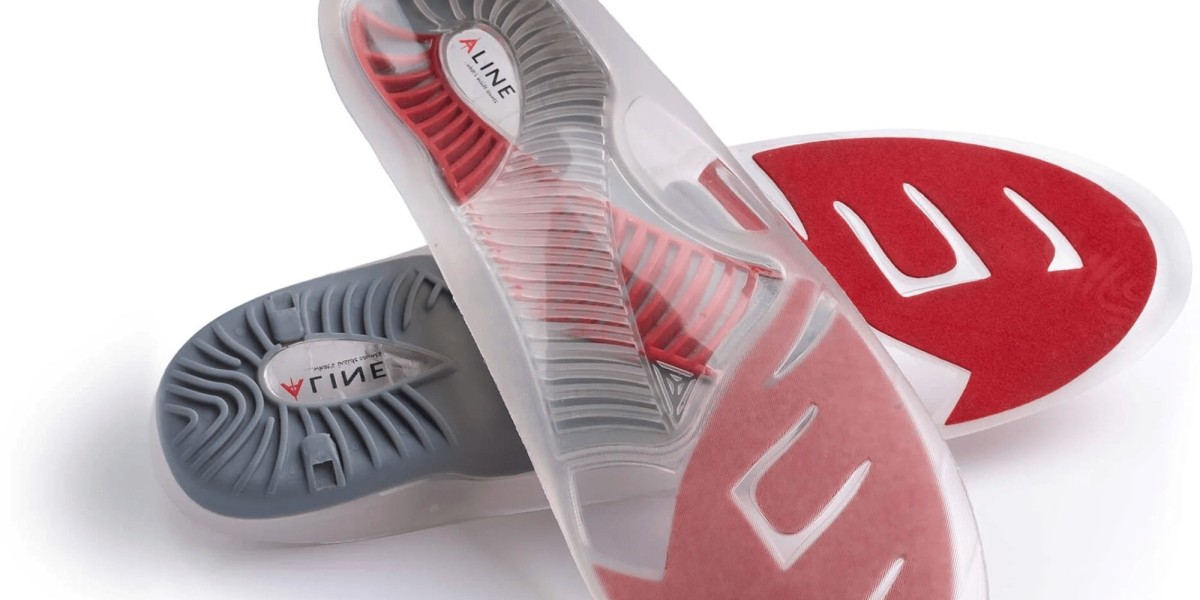Selecting a laser mirror for high-power applications involves several critical considerations to ensure optimal performance and longevity. High-power lasers generate significant thermal energy and may produce damaging effects on optical components if not chosen carefully. This guide outlines the main factors to consider, including substrate materials, coatings, damage thresholds, reflectivity, thermal management, and more.
1. Substrate Material
The substrate of a laser mirror is crucial because it determines the mirror’s mechanical strength, thermal stability, and optical properties. Common substrate materials include:
- Glass: Typically, optical glass is used for lower power applications. However, it may not be suitable for high-power lasers due to lower thermal conductivity and resistance.
- Ceramics: These are often favored for high-power applications because of their excellent thermal stability and resistance to thermal shock. Ceramic substrates can withstand higher temperatures and are less prone to distortion.
- Metal: Some high-power mirrors use metal substrates (like aluminum) due to their exceptional heat dissipation capabilities. They are generally more durable and can handle extreme thermal conditions better than glass.
Choosing the right substrate material is essential, as it affects how well the mirror can handle thermal loads and maintain optical performance.
2. Coating Types
The coating on a laser mirror directly impacts its performance. The choice of coating will depend on the specific wavelength of the laser light being used and the intended application. Some key aspects of coatings include:
- Reflective Coatings: High-reflectivity coatings are critical for maximizing the efficiency of laser systems. They are typically made of dielectric materials and can be designed to reflect specific wavelengths effectively.
- Durability: The coating must withstand the operational environment. For high-power applications, coatings need to be resilient against thermal cycling, abrasion, and potential contamination.
- Wavelength Specificity: Different laser wavelengths (e.g., CO2, Nd, fiber lasers) require specific coatings. It's important to ensure that the coating is optimized for the laser's operating wavelength to avoid reduced performance.
3. Damage Threshold
The damage threshold of a laser mirror is the maximum power density it can withstand before sustaining permanent damage. For high-power applications, selecting a mirror with a high damage threshold is critical. Key points to consider include:
- Fluence: This is the energy per unit area that the mirror can handle. Mirrors with a higher damage threshold can operate at higher power levels without risk of damage.
- Pulse Duration: For pulsed lasers, the damage threshold may vary depending on the pulse duration. Shorter pulse durations may lead to higher peak power, which can exceed the damage threshold even if average power levels are within acceptable limits.
- Testing Standards: It’s advisable to refer to specific testing standards (e.g., ISO 21254) for laser damage thresholds to ensure proper assessment and selection of mirrors.
4. Reflectivity
Reflectivity is a critical parameter that defines how much of the incident laser light is reflected back by the mirror. For high-power applications, selecting mirrors with optimal reflectivity can significantly influence system performance. Important factors include:
- High Reflectivity Values: Ideally, mirrors should have reflectivity values above 95% for optimal performance. This ensures minimal energy loss in the laser cavity or optical system.
- Angle of Incidence: The reflectivity can change based on the angle at which the laser light strikes the mirror. For high-power applications, consider the angle of incidence and how it affects the effective reflectivity of the mirror.
5. Thermal Management
High-power lasers generate substantial heat, necessitating effective thermal management strategies. A well-designed cooling system can prolong the lifespan of laser mirrors and maintain performance. Key thermal management considerations include:
- Heat Dissipation: Mirrors with good thermal conductivity can dissipate heat more effectively. Materials like copper and aluminum are often used in conjunction with ceramic or glass mirrors to enhance thermal management.
- Active Cooling Systems: In some cases, an active cooling system may be required, especially for high-energy applications. These systems can involve water cooling or air cooling to regulate the temperature of the mirror during operation.
- Thermal Expansion: Different materials expand at different rates when heated. Mismatched thermal expansion coefficients between the mirror substrate and mounting structure can lead to warping and misalignment, which may affect performance.
6. Environmental Considerations
The operating environment of the laser system can significantly impact mirror selection. Factors to consider include:
- Contamination: Mirrors in dusty or chemically aggressive environments may require special coatings to resist contamination or damage from particulates.
- Temperature Fluctuations: Rapid temperature changes can lead to thermal stress in optical components. Mirrors must be selected based on their ability to handle temperature variations without compromising optical quality.
- Humidity: In high-humidity environments, moisture can affect the performance of some coatings. Selecting mirrors designed for humid conditions or utilizing protective covers may be necessary.
7. Mounting and Alignment
Proper mounting and alignment of laser mirrors are vital for maintaining performance in high-power applications. Considerations include:
- Mounting Mechanisms: The choice of mounting system can influence how well the mirror is held in place. Sturdy mounts that allow for fine adjustments are crucial to ensure proper alignment with the laser beam.
- Thermal Stability: Ensure that the mounting system can withstand the thermal effects generated by the laser without affecting the alignment of the mirror.
- Vibration Resistance: In industrial applications, vibrations may affect mirror positioning. Consider using mounts that can minimize vibrations and maintain mirror stability.
8. Cost Considerations
Cost is an unavoidable factor in any component selection process, including laser mirrors. While high-quality mirrors may come with a higher price tag, investing in quality is essential for long-term reliability and performance. Considerations include:
- Budget Constraints: Determine the budget for the laser system and assess how much can be allocated for mirrors without compromising other critical components.
- Cost vs. Performance: It’s vital to evaluate the trade-off between cost and performance. Sometimes, spending more upfront on a high-quality mirror can lead to significant savings in maintenance and replacement costs in the long run.
9. Supplier Reputation
Choosing a reputable supplier is crucial when selecting laser mirrors. A well-established manufacturer will likely provide mirrors with consistent quality and performance. Factors to consider include:
- Reviews and Testimonials: Look for reviews from other users and testimonials regarding the supplier’s products.
- Warranty and Support: Ensure the supplier offers a good warranty and responsive customer support for their products. This can be critical if issues arise with the mirrors after installation.
Conclusion
When selecting a laser mirror for high-power applications, numerous factors must be carefully considered to ensure optimal performance and longevity. From substrate materials and coatings to damage thresholds and thermal management, each aspect plays a significant role in the effectiveness of the mirror in a high-power laser system.
By thoroughly evaluating these factors and selecting a mirror tailored to the specific needs of the application, users can maximize the performance and reliability of their laser systems. Investing in high-quality mirrors not only enhances operational efficiency but also contributes to the longevity of the overall system, making it a crucial decision in the design and implementation of high-power laser applications.








